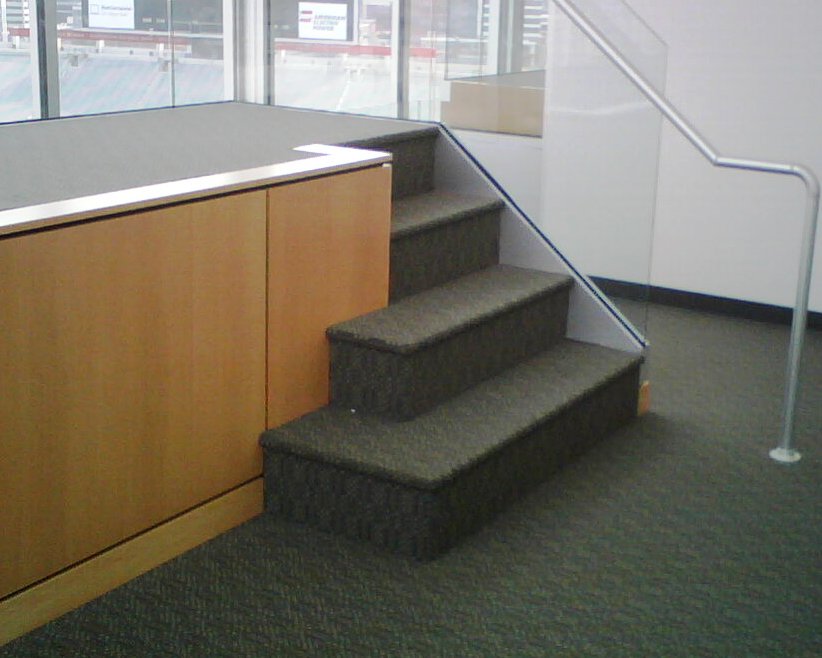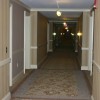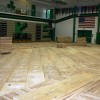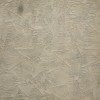
Carpeting is a decorative sheet or tile floor covering that is both practical and versatile. Used in both residential and commercial buildings, carpeting accounts for more than half of all floor covering installed each year. Carpeting was originally known as "rugs," which were commonly used on walls and tables. They were not typically used as a floor covering until the 18th century. The word carpet can be traced to the Armenian “karpet,” “kar” meaning to knot or stitch. Early hand tied and knotted rugs were spun from plant fibers and the sheared wool or hair of sheep and goats. Weaving of carpets started prior to the 1600's and flourished through the 1700's. Carpet manufacturing today mixes old methods and new innovation, providing a low cost floor covering with significant design flexibility and relatively low maintenance, which also insulates for sound and temperature.






